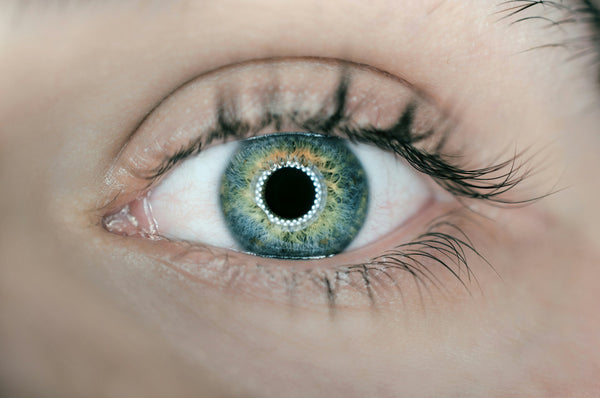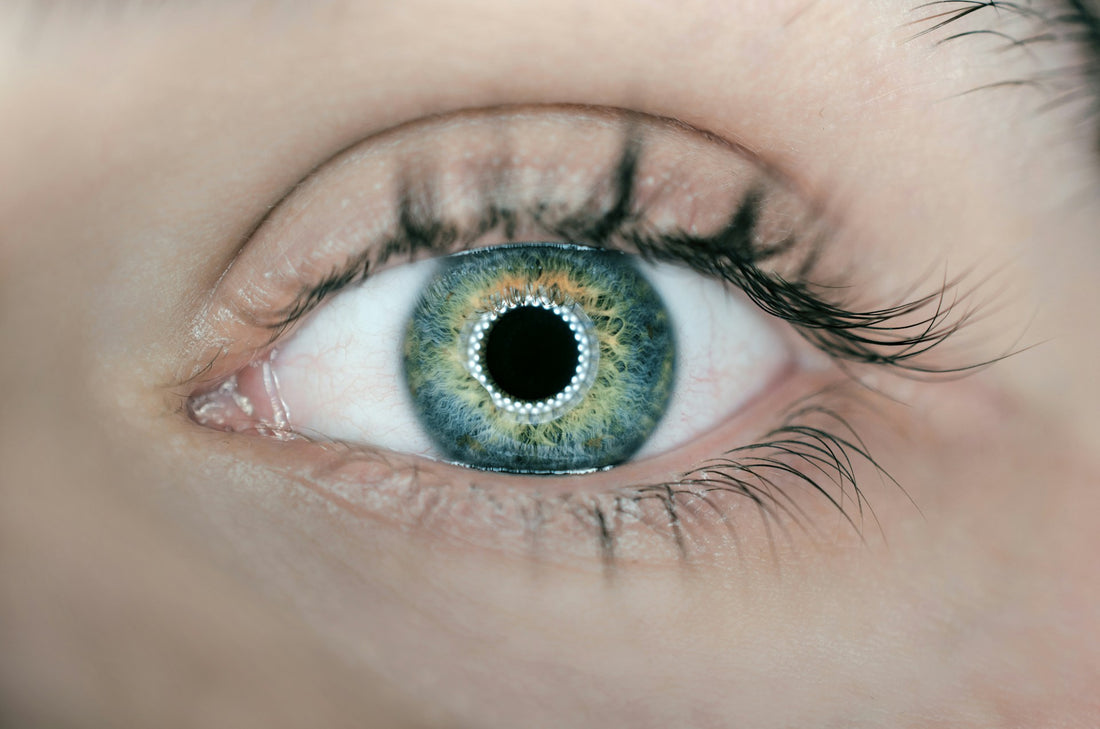You know how amazing wearing contact lenses is – they’re a one-way ticket to freedom and convenience. However, while enjoying your free and easy contact lens-wearing life, it’s crucial to remain vigilant about your eye health to ensure a safe and comfortable experience.
Because even with the best of hygiene intentions, you can still contract an eye infection. Here’s the good news: with early recognition and proper care, you can manage them effectively. Here, we explore the signs of eye infections, what to do if you get one and where to seek help, and best hygiene practices to keep your eyes healthy while wearing contact lenses.

What are the signs of an eye infection?
An eye infection occurs when harmful microorganisms such as bacteria, viruses, fungi, or parasites invade the eye or its surrounding tissues. These infections can affect various parts of the eye, including the conjunctiva (the clear membrane covering the white part of the eye and the inner surface of the eyelids), the cornea (the transparent front part of the eye), or the interior structures of the eye. Signs of infection to watch out for include:
- redness
- irritation
- discharge
- pain
- blurred vision
- sensitivity to light
- swelling
What common types of eye infections are there?
There are lots of different types of eye infections, which can vary in how serious they are and how you contract them. It depends on the type of microorganism causing the infection and the affected area of the eye. Here are some of the most frequent:
Conjunctivitis
Conjunctivitis is one of the most common eye infections and can be caused by bacteria, viruses, or allergens. Symptoms include redness, itching, tearing, discharge and crustiness around the eyelids.
Bacterial keratitis
This is an infection of the cornea caused by bacteria. It can occur when the cornea is damaged or when bacteria from contact lenses or contaminated water enter the eye. Symptoms may include eye pain, redness, blurred vision, sensitivity to light and discharge.
Viral keratitis
This type of corneal infection is caused by viruses, such as herpes simplex virus (HSV) or varicella-zoster virus (VZV). Symptoms are similar to bacterial keratitis and may also include the presence of small, painful sores on the cornea.
Fungal eye infections
Fungal eye infections are less common but can occur if your immune system is compromised or you’ve experienced eye trauma. Symptoms may include eye pain, redness, blurred vision, and sensitivity to light.
Parasitic eye infections
Parasites such as Acanthamoeba or microsporidia can cause serious eye infections, particularly in contact lens wearers who have been exposed to contaminated water. Symptoms may include severe eye pain, redness, blurred vision and sensitivity to light.
Contact lenses and eye infections: what to do
There are some home remedies and self-care measures that may help alleviate symptoms and promote the healing of an eye infection. However, it’s crucial to consult with your healthcare provider or eye care professional before trying any home remedies, especially if you suspect you have an eye infection.
Here are some general tips for managing mild symptoms of an eye infection at home:
Practice good hygiene
Wash and dry your hands thoroughly and frequently with soap and water, especially before and after touching your eyes or applying any eye drops or ointments. Avoid rubbing or touching your eyes, as this can further irritate them and potentially spread the infection.

Avoid contact lenses
Avoid wearing your contacts until your symptoms have disappeared and you have received clearance from your eye care provider.
Apply a warm compress
Applying a warm, damp compress to the affected eye several times a day can help soothe discomfort, reduce swelling, and promote drainage of any discharge. Use a clean, soft washcloth soaked in warm water and gently place it over your closed eyelid for five to 10 minutes at a time.
Try an eye rinse
If your eye is irritated or has discharge, you can use a sterile saline solution or sterile eye wash to rinse the affected eye. This can help flush out any irritants or debris and provide temporary relief from discomfort.
Use artificial tears
Over-the-counter artificial tears or lubricating eye drops may help relieve dryness, irritation and discomfort associated with some types of eye infections. Choose preservative-free drops and follow the package instructions for proper use.
Leave off the eye makeup
Avoid wearing eye makeup, such as mascara, eyeliner, or eyeshadow, while you have an eye infection. Makeup can harbour bacteria and further irritate the eyes, delaying the healing process.
Stay hydrated
Drink plenty of water to stay hydrated, as adequate hydration can help support overall eye health and promote healing. Avoid drinking too much coffee and alcohol, as these can contribute to dehydration.
Rest
Give your eyes plenty of rest and avoid straining them with prolonged screen time or activities that require intense focus. Close your eyes periodically throughout the day to rest them and reduce eye strain. Read more about how to avoid eye strain.
How to stay eye infection-free
Prevention is best when it comes to eye infections, and practicing good hygiene is crucial for contact lens users. Follow these three golden rules:
1. Wash your hands
Always wash and dry your hands thoroughly with soap and water before handling your contact lenses. This helps prevent the transfer of bacteria and other germs to your eyes.
2. Follow your contact lens care guidelines
Wear your contact lenses according to the manufacturer’s instructions. Daily disposables offer a convenient and hygienic option, as they eliminate the need for cleaning and disinfection.
3. Avoid water exposure
Keep your contact lenses away from water, including tap water, swimming pools and hot tubs. Water can contain harmful bacteria and parasites that can lead to eye infections.
By recognising the signs of eye infections, practicing good hygiene, and seeking expert help when needed, you can help safeguard your eye health while enjoying the benefits of contact lenses. Remember, your eyes are precious, so prioritise their care and always stay proactive about your eye health.



